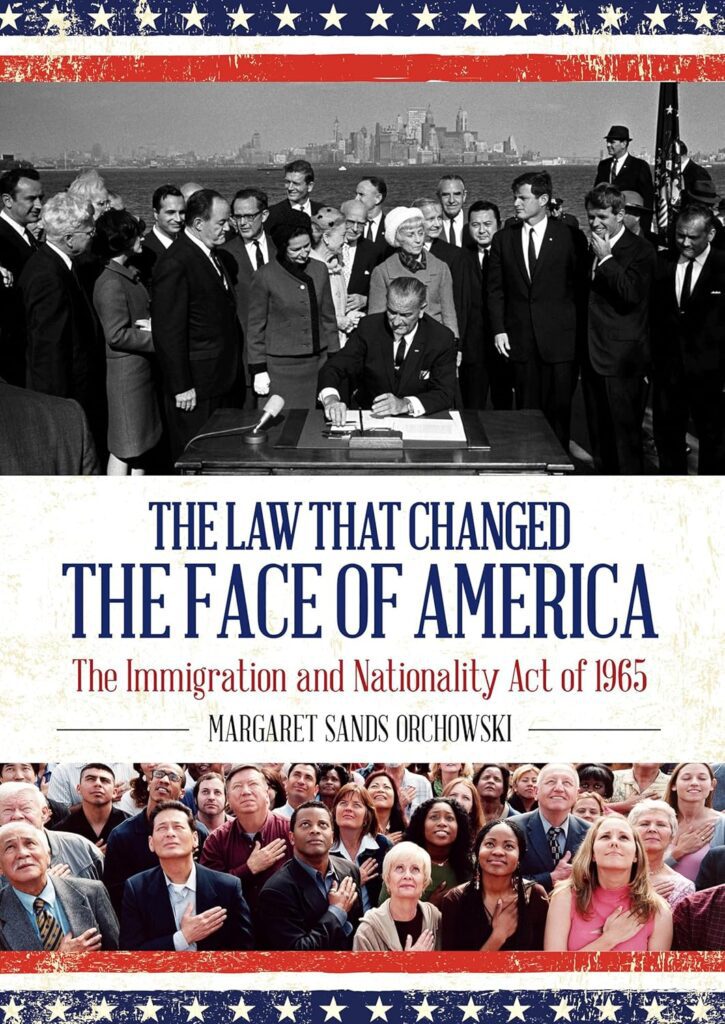Opinion: How 9/11 Transformed Immigration in America
By • September 11, 2024 2 1116

When Americans think of the terrorist attacks on the World Trade Center and the Pentagon on Sept. 11, 2001, they think of the thousands of innocents who died in the collapsing twin towers, of the brave airline passengers who diverted their suicide plane from a direct hit on the Capitol, of the way the attacks united the nation and our allies.
However, few people realize how significantly 9/11 transformed immigration in the United States.
Immigrants had been welcomed ever since Colonial times for their hard labor and as members of a loyal citizenry. The Constitution gives Congress the duty to deal with naturalization and immigration. But there were neither national immigration laws nor enforcement agencies prior to 1891.
The first national immigration law set up official ports of entry and the Immigration and Naturalization Service. It prohibited laborers (but not scholars or doctors) from Asia, and anyone who was disabled, from entering legally. In 1924, the first comprehensive immigration law provided work visas almost exclusively to northern Europeans, Mexicans and Canadians, maintaining strict quotas on immigrants from all other countries. The Labor Department and its legislative committees had jurisdiction.
But in 1964, the Civil Rights Act made discrimination against or preference for any national origin illegal. The Immigration and Nationality Act passed the following year, allowing anyone in the world to apply for a permanent permit or a multitude of temporary visas. With civil rights and the Holocaust as the drivers, the focus changed to social justice.
The Immigration Reform and Control Act of 1986 offered legalization and prospective naturalization to undocumented persons who entered the U.S. prior to 1982. In 2000, the number of foreign students rose to over one million. The INS rarely pursued internal enforcement of immigrant and employer restrictions.
Then came the tragedy of 9/11. Suddenly the focus of immigration management became national security. Along with new congressional committees and a new Cabinet position, an entirely new agency took shape: the Department of Homeland Security. DHS combined 22 existing agencies, including Cybersecurity, the Secret Service, FEMA and the Coast Guard.
All aspects of immigration management and enforcement, including a greatly expanded Customs and Border Protection service, came under Homeland Security. The INS was dissolved. In its place were two new bureaus: U.S. Citizenship and Immigration Services and U.S. Immigration and Customs Enforcement.
ICE was the first agency ever to be charged with enforcing immigration laws inside the country. One of the first new laws to pass Congress after the 9/11 attack created SEVIS, a digital information system — connected to thousands of host colleges, the FBI and ICE — to track foreign students and exchange visitors.
Now, the enforcement of immigration laws is a major issue in the 2024 presidential election.
“The Law That Changed the Face of America: The Immigration and Nationality Act of 1965,” by The Georgetowner’s Senior Correspondent Peggy Sands (Margaret Orchowski, Ph.D.), will appear in paperback on Nov. 5 and may be preordered on Amazon.


This article is one of the most succinct and understandable explanations of the complex issue of immigration and its relationship to American values in our ever-changing ideologies that I’ve come across! I think her books and their revelations are a must read for congress folks and citizens alike!
Peggy’s article helped me understand how long America has been working
on the issue of immigration. We are a nation of immigrants ! Good article